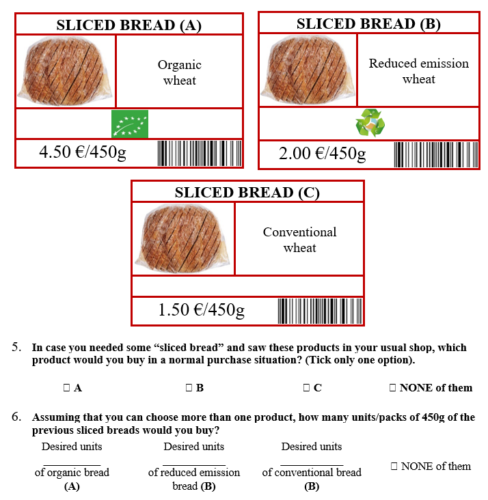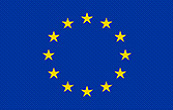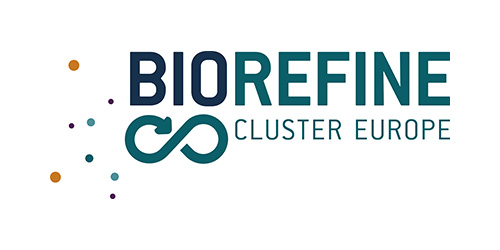Discrete Choice Experiment by CREDA-UPC-IRTA
30/06/2020

CREDA-UPC-IRTA has designed a first approximation of the Discrete Choice Experiment to analyze consumers’ purchase intention (PI) and willingness to pay (WTP) towards three selected products: fresh and sliced pork loin for the pig production case study, bread for the cereal production case study and milk for the dairy production case study. The Discrete Choice Experiment is part of a broader questionnaire designed for Task 5.4., which aims to obtain information about consumers’ preferences, opinions, attitudes and behavior towards environmentally friendly and sustainable food products. The objective is to analyze consumers’ trade-off between the different food products and shed light on consumers’ willingness to pay a premium price for those products obtained lowering carbon emissions and optimizing the nutrient recovery (C, N, P) at the farm level.
The Discrete Choice Experiment is based on three defined categories for fresh and sliced pork loin, milk and bread. For all of the products, three different categories of each product were identified: ‘conventional’, ‘organic’ and ‘emission reduced’ according to the technology, management or innovation proposed in Nutri2Cycle. These three options are jointly presented to respondents in an array of repeated simulated purchase situations (cards) at different price levels. An example of these purchase situations is shown below. Consumers have to choose which option they would prefer. The “NONE” option (i.e. neither of them) is also included to be consistent with the demand theory and to make the choice task more realistic, as this option is available when shopping. Respondents are asked to select the product that they would purchase in a real market situation, thereby revealing their preference for certain characteristics of the products. Each product type has assigned four price levels. We defined eight purchase situations using a D-optimal fractional factorial choice design using Ngene software.
The survey will be carried out in Hungary, Croatia, Belgium, Spain, Poland and Italy targeting 1.000 respondents. The results of the analysis will allow generating generic recommendations regarding low inputs agricultural products with associated communication strategies specifically focused on the needs and preferences of consumers. The results will improve business opportunities of European farmers and agricultural companies by helping producers to communicate the added value of their products.





 This project has received funding from the European Union’s Horizon 2020
This project has received funding from the European Union’s Horizon 2020